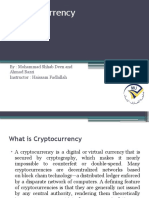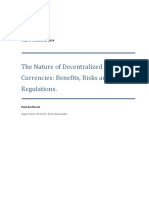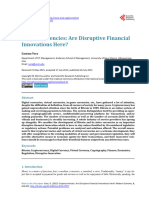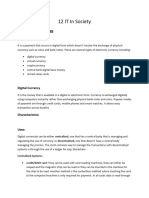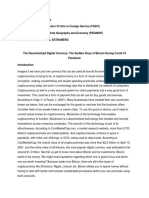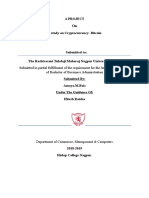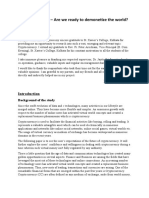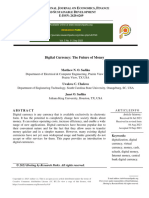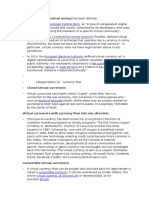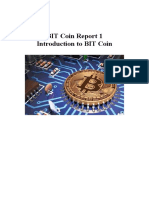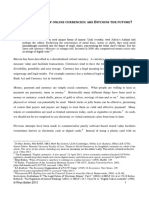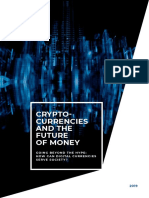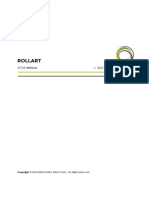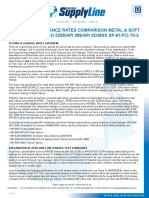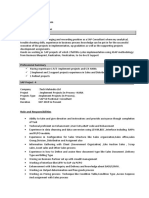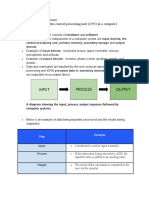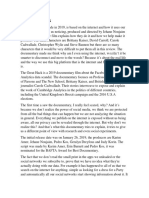0% found this document useful (0 votes)
59 views52 pagesChapter 12
This document discusses different types of electronic currencies including digital currency, virtual currency, cryptocurrency, and stored value cards. It provides details on what each type is, how they work, and examples. The main advantages of virtual currencies are convenience, decentralization, security, and speed of transactions. However, virtual currencies also face disadvantages like lack of regulation, volatility, and potential security issues.
Uploaded by
Mr SaemCopyright
© © All Rights Reserved
We take content rights seriously. If you suspect this is your content, claim it here.
Available Formats
Download as PPTX, PDF, TXT or read online on Scribd
0% found this document useful (0 votes)
59 views52 pagesChapter 12
This document discusses different types of electronic currencies including digital currency, virtual currency, cryptocurrency, and stored value cards. It provides details on what each type is, how they work, and examples. The main advantages of virtual currencies are convenience, decentralization, security, and speed of transactions. However, virtual currencies also face disadvantages like lack of regulation, volatility, and potential security issues.
Uploaded by
Mr SaemCopyright
© © All Rights Reserved
We take content rights seriously. If you suspect this is your content, claim it here.
Available Formats
Download as PPTX, PDF, TXT or read online on Scribd
/ 52













